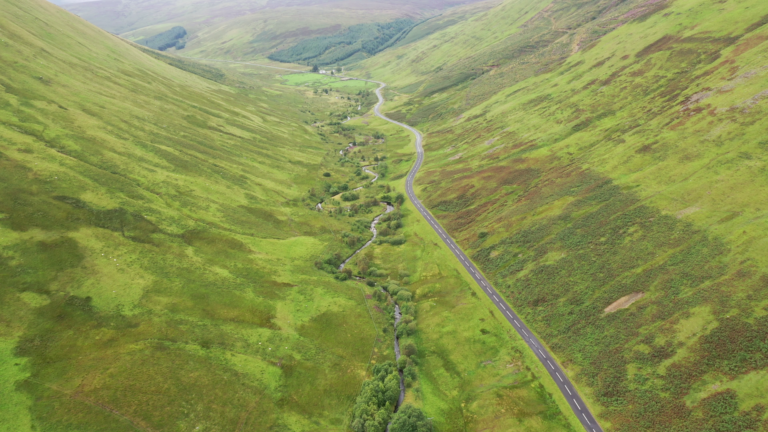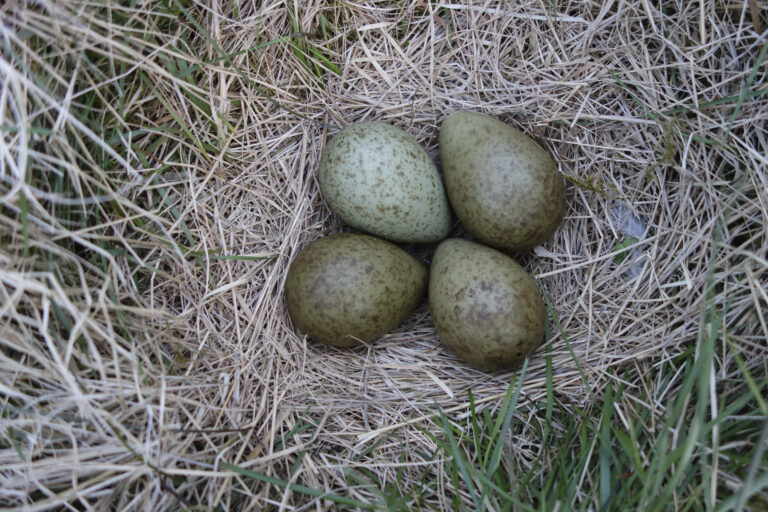By David McKay, Head of Policy at Soil Association Scotland
It is now four years since the Scottish Government enshrined in law a target to reach net zero emissions by 2045. Legally binding nature restoration targets are also expected to be set through a Natural Environment Bill next year.
All sectors of our economy know they have to respond to these ambitious nature and climate goals – and farming and land use is no different.
The puzzle facing farmers and crofters is how to shift to low-carbon approaches and help to reverse the worrying declines in wildlife and habitats, all while continuing to produce high-quality food.
The good news is that there are many great examples of farms and crofts already doing that – some of whom have featured as part of Scottish Environment LINK’s Farm for Scotland’s Future campaign.
And as ministers and civil servants wrestle with post-Brexit farming policy and prepare to introduce an Agriculture Bill to the Scottish Parliament later this year, many organisations connected to Scottish Environment LINK believe that organic farming can be part of the solution.
To be certified organic, farmers and growers must adhere to a strict set of standards that are set in UK and EU law.
This includes a ban on chemical pesticides or fertilisers and animal welfare rules such as limiting the size of flocks or herds and ensuring animals have access to the outdoors.
The use of nature-based methods to fight pests and diseases and protecting soil health so that it supports wildlife and absorbs more carbon, has always been central to organic farming.
And there is strong evidence to demonstrate that organic farming can help address the nature and climate challenge.
Research has shown that organic farming can reduce global greenhouse gas emissions by 20%, increase on-farm biodiversity by 30%, and reduce soil erosion by 22%. Organic farms have also been shown to sequester and store significantly more carbon (44%).
The Scottish Government has recognised the environmental benefits that can be delivered through organic farming and is supporting farmers with conversion and maintenance payments via the Agri Environment Climate Scheme (AECS).
The 2023 window for AECS applications is open until June 7, and many farmers are thinking about whether they might take their land into conversion.
This year, the government has also removed the area cap, the upper threshold for the amount of land that can be converted, to encourage larger landowners to convert.
The Bute House Agreement between the Scottish Government and the Scottish Greens included a pledge to double the amount of land farmed organically, which at that point was about 1.8% of Scottish farmland, during this parliamentary term, up to 2026.
There was also a commitment to work with the organic sector in Scotland to develop a new Organic Food and Farming Action Plan.
A strong action plan, focused on market development and supply chain support, can ensure that the increase in production is met by an increase in demand – and the infrastructure to cope with it.
We already know that there is strong consumer demand for organic produce, but much of that is currently being met by imported food. That presents an opportunity for Scottish food producers.
The Soil Association publishes an Organic Market Report each year, and the 2023 edition showed that, despite all the challenges of a post-pandemic global economic slowdown, war in Ukraine and a cost-of-living crisis, the organic market still grew by 1.6% to a record high of £3.1billion.
That is the 12th straight year of growth for the market, and suggests a resilience that will lead to continued growth in future years.
This has also been widely recognised in Europe. The EU placed organics at the heart of its Green New Deal, with a target of reaching 25% of land farmed organically by 2030.
Austria has already surpassed that target, while the German Federal Government has set an even more ambitious target of reaching 30% organic land by the end of the decade.
Scotland may not be at that level yet, but there is a clear opportunity with a new farm support system coming into force from 2026 onwards, to bring organics from the margins to the mainstream.
By doing so, we can make real progress towards those targets of reducing emissions from agriculture and restoring nature on our farms and crofts.
Disclaimer: The opinions expressed in this blog are the author’s and do not necessarily represent the views of all the organisations backing the Farm for Scotland’s Future campaign.




